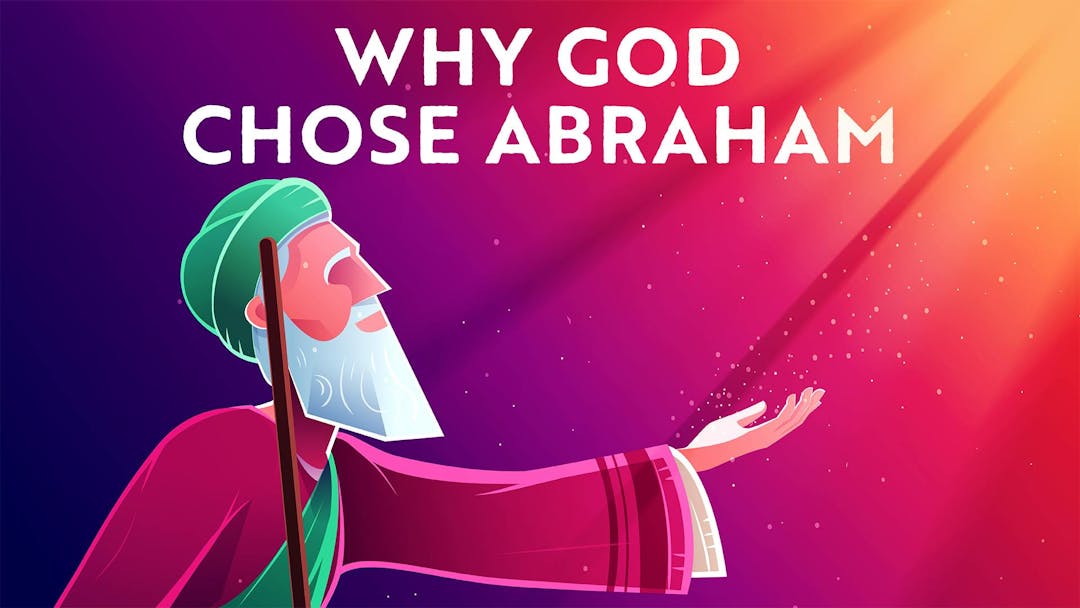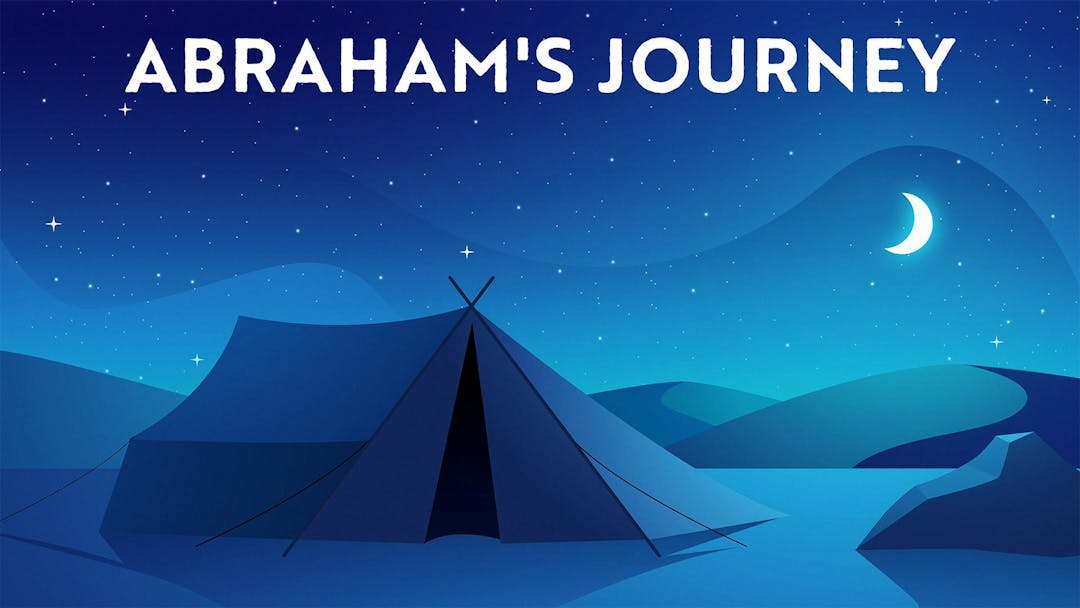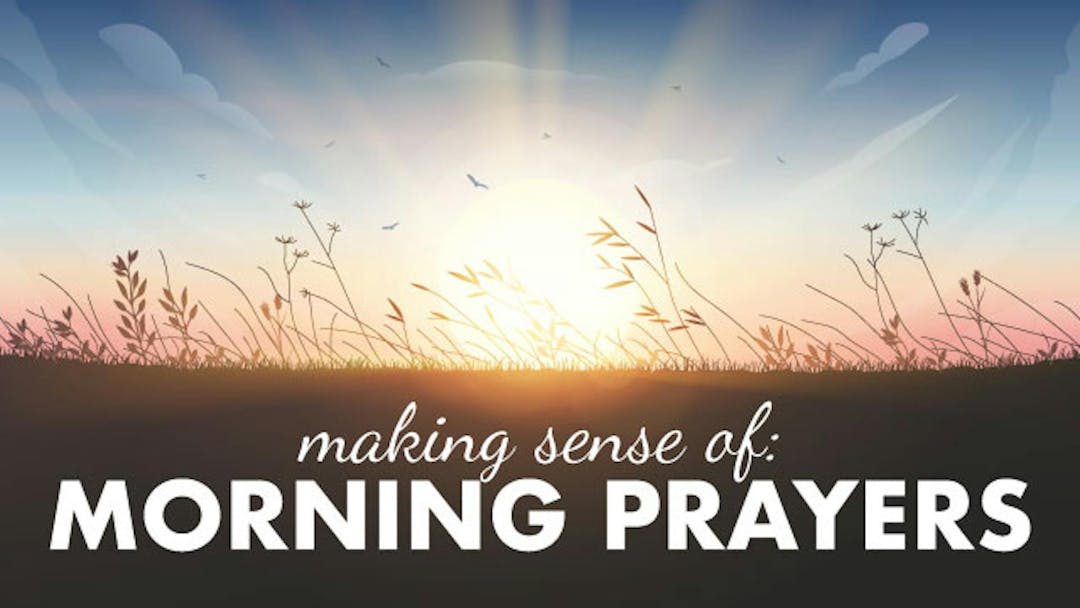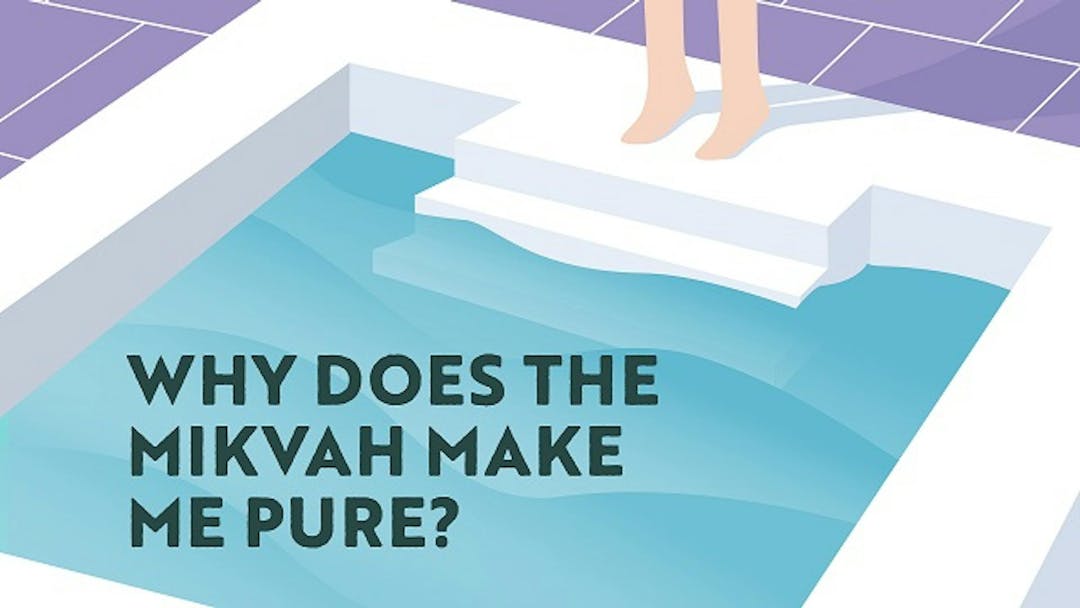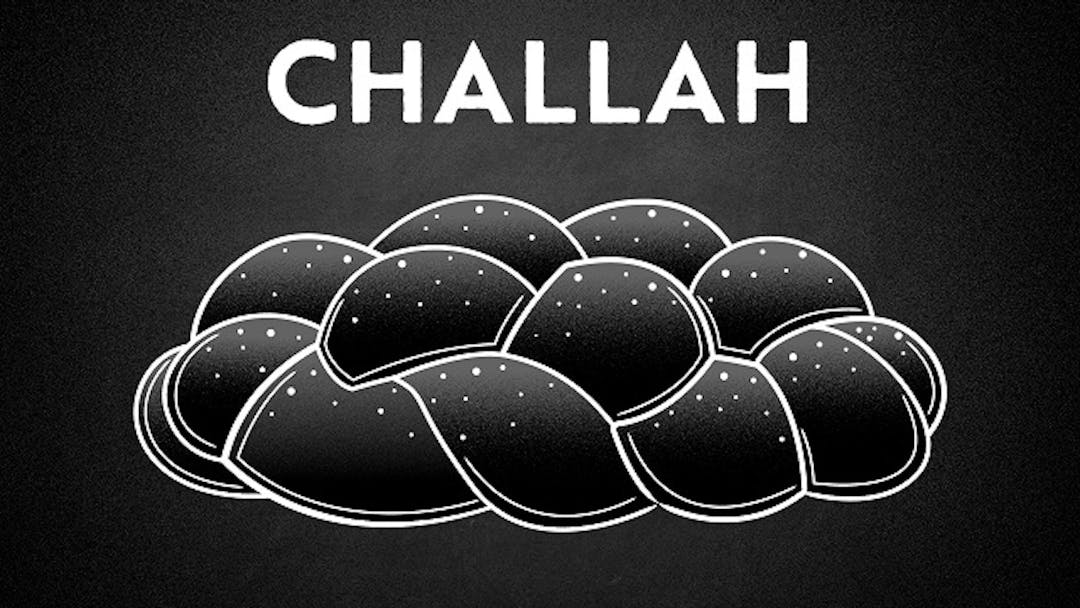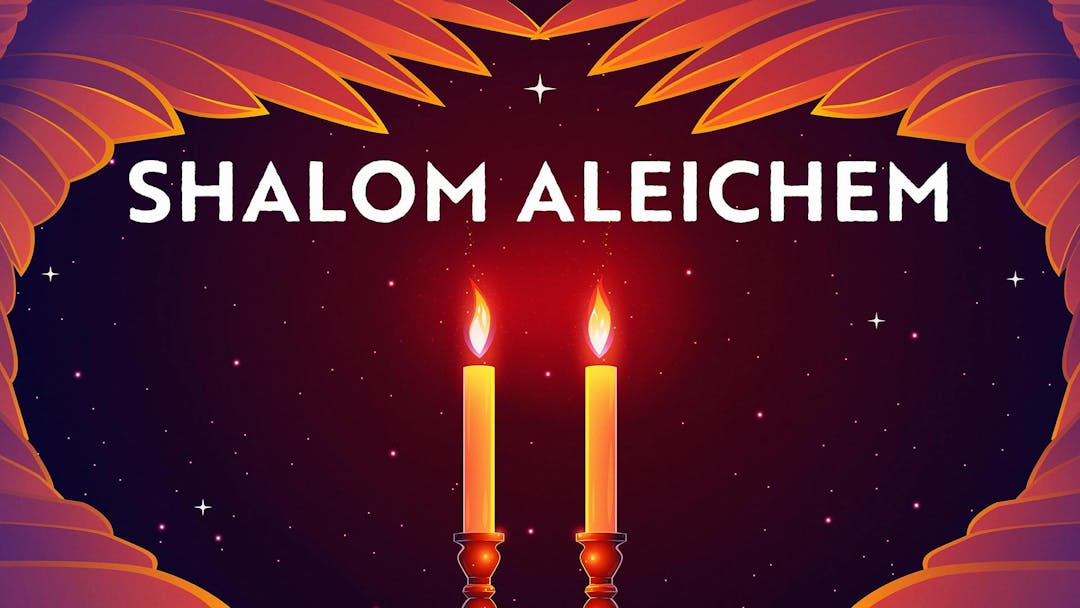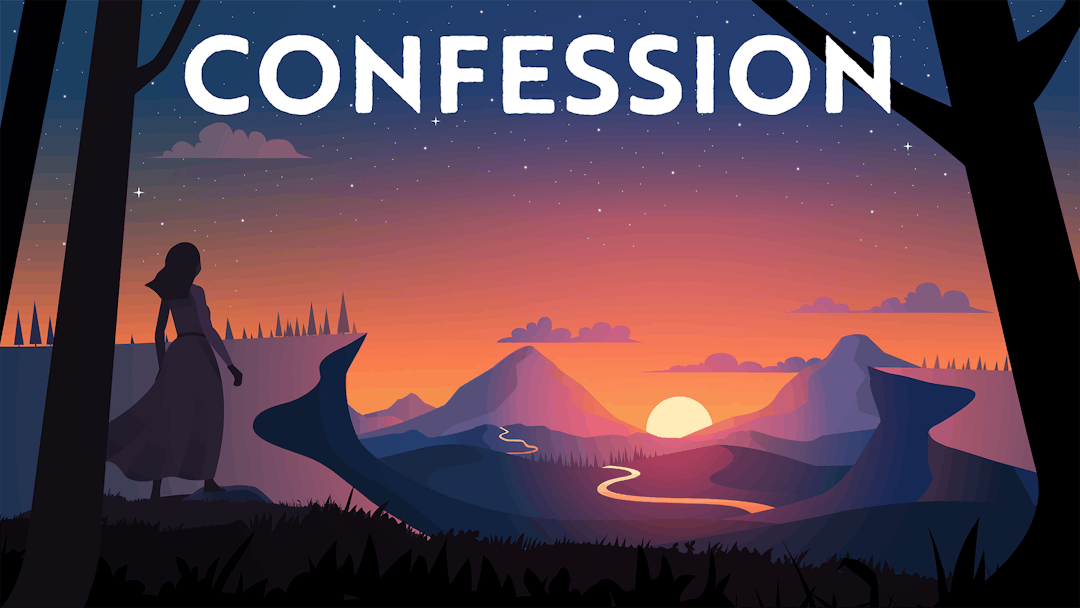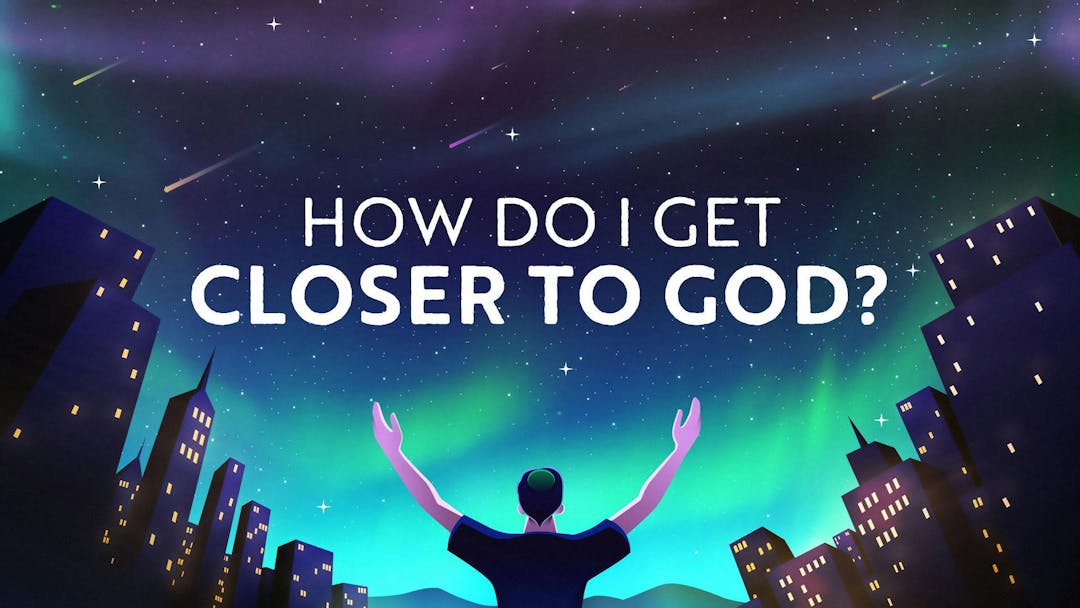Start your free trial today to unlock the full library and enjoy unlimited and uninterrupted access.
Get StartedWhat Does It Mean To Make A “Covenant” With God?
The Deeper Significance Of Abraham's Covenant
We know what a brit milah is – it’s the circumcision ceremony that officially welcomes Jewish baby boys into the nation of Israel. But where did this whole thing begin? And what is its real significance today?
In this parsha we encounter the conditions of the covenant that God made with Abraham, and the very first circumcision that Abraham performed on himself and all the male members of his household. Why was circumcision the sign of the covenant between God and Abraham?
We can find some answers by taking a closer look at the story of the Abrahamic Covenant. In this video, Rabbi Fohrman finds clues in the language of the text to reveal the deeper meaning of God's covenant with Abraham. Exploring this covenant from the inside out reveals fascinating insights into what it means for us to be connected to God, and for God to be connected to us.
Want to watch the full video for free?
Enter your email and we’ll send you a link to watch the full series free.
What is Aleph Beta?
Aleph Beta is a unique kind of Torah library. Led by our founder, Rabbi David Fohrman, we are dedicated to high-level, textual Torah learning for adults that is intellectually and spiritually sophisticated, that enlivens your Jewish practice and helps you forge a deeper connection to God. Whether you’ve been learning in yeshiva for years or you’re just beginning your Torah journey, you’re sure to find something meaningful and surprising waiting for you here.
Browse our library of over 1,000 beautifully produced animated videos, podcasts, deep dive courses, and printable guides. Topics include the weekly parsha, Jewish holidays & fast days, laws & mitzvot, prayers, relationships, big philosophical ideas and more. Have something to say at the Shabbos table that will amaze your family and guests and bring deep meaning into their lives.
